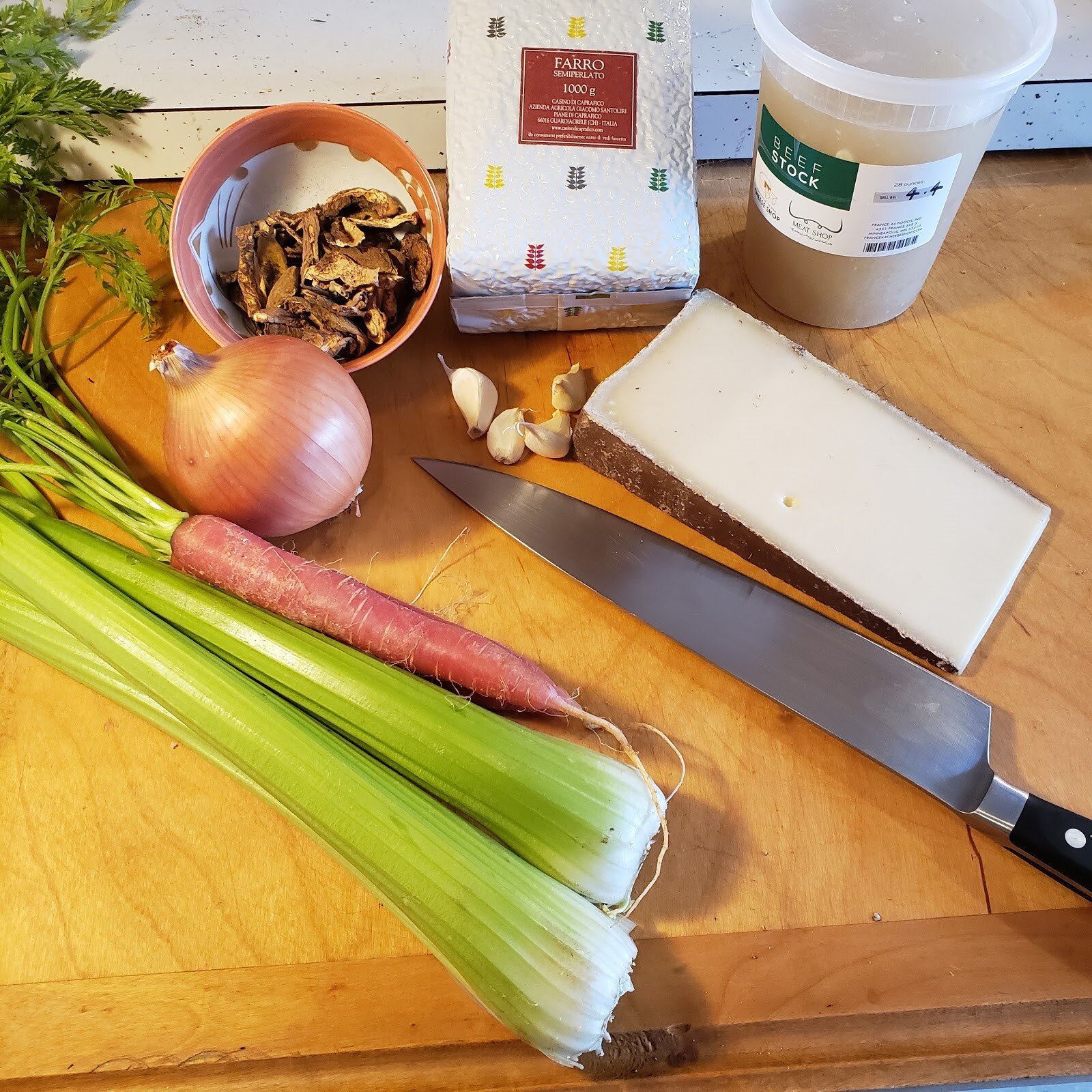‘Invisible’ Tomato Sauce
Invisible tomato sauce is the perfect pasta pairing when you crave warm summery nights. Bursting cherry tomatoes and melting anchovies give this pasta sauce tons of flavor. It’s perfect for actual summer nights too, since it only takes the time your pasta needs to cook. It’s fun to let the cherry tomatoes burst slowly on their own, but if you need them to hurry up a bit, you can add some pasta water to the sauté pan and cover.
Ingredients-
Pint Cherry tomatoes*
Olive Oil*
Linguine*
2-4 anchovy filets*
3 large garlic cloves*, chopped
Chili flakes to taste*
Optional-
Nutritional Yeast or Parmigiano-Reggiano*
* all available at France 44 Cheese Shop
Get you pasta water boiling on the stove. Put a high-walled sauté pan on medium heat and add a few glugs of olive oil, around 2 tbsp. Pour tomatoes into the pan and let sizzle and burst, around 10 minutes
Add your pasta to the boiling water. Once the tomatoes are ¾ of the way burst and most of the juices have started to run out, add your anchovy filets, garlic, and chili flakes. Mix so the anchovies melt, the garlic becomes fragrant, and the chili doesn’t burn. If the pan looks a little dry, add more olive oil or pasta water.
When your pasta is a minute from where you want it, pull it straight from the pot and add to the tomato sauce. Let the noodles finish cooking with the tomatoes. Stir frequently and add more pasta water as needed to emulsify. Once the sauce is shiny and clinging to the noodles, turn off the heat and plate. Taste for salt and spice.
With a dish like this, I don’t always want to weigh it down with dairy. On those days, I opt for nutritional yeast, one of my favorite garnishes with a nutty, savory flavor. On a rainy day like today, I went with Parmigiano-Reggiano for that distinct Parmy comfort.
























